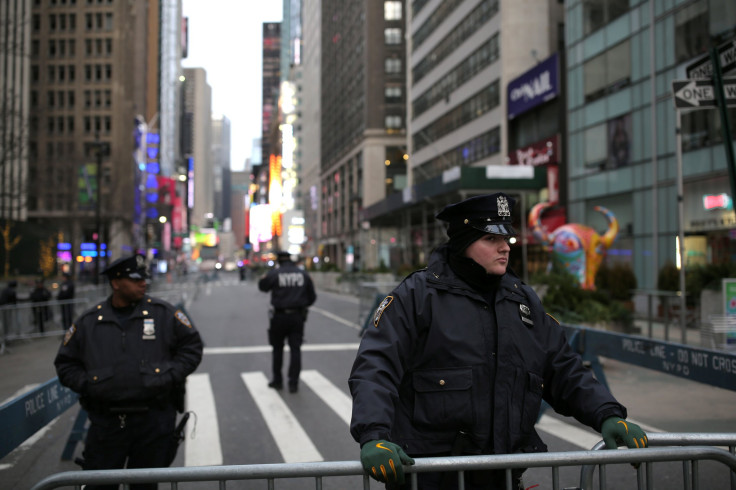Police Killings By Race: White, Black, Hispanic Cops Divided Over Shootings, Inequality, Polls Show

Large gaps exist between views on major police and gun-related issues among blacks, Hispanics and whites within and outside the law enforcement community, according to a study published Monday by the Pew Research Center.
The center based its results on two polls conducted earlier this month of police officers and citizens of various racial backgrounds. In regards to the public discourse of law enforcement and race relations, the study found that 67 percent of police officers believed that black deaths by police were isolated incidents, while only 39 percent of non-law enforcement adults did not link these killings to a larger trend. A sizable majority, 86 percent, of police officers felt that high-profile incidents between cops and black suspects made their law enforcement jobs more difficult.
When the issue was further broken down by race, Hispanic and white officers had almost the same view (72 percent) that the issue of police killings of blacks was not an institutional problem. Only 43 percent of black officers said they felt this way, with a majority of 57 percent stating it was indicative of a larger issue.
On the topic of equality, 92 percent of white police officers said they believed that U.S. law adequately ensured that whites and blacks were granted equal rights. Only 57 percent of their black colleagues, however, held this view, with 69 percent saying the country had to continue making necessary changes to ensure racial equality. These racial divides persisted when asked about major protests targeting police discrimination. Only 27 percent of white officers believed these demonstrations were primarily motivated by sincere efforts to gain accountability as opposed to anti-police bias, while 69 percent of black officers expressed this view.
Just over half of black officers, 53 percent, felt that whites received preferential treatment by their departments over minority officers. Only 19 percent of Hispanics and 1 percent of whites said white cops had it better. About 60 percent of Hispanic officers said Hispanics were treated the same as cops with 39 percent of black officers agreeing.
White and Hispanic officers were also more likely to have been involved in a physical altercation with a suspect, 36 percent and 33 percent, respectively, compared to 20 percent of black police officers. The figure was less than the 22 percent of women on average who said they had fought or struggled with a suspect. The gap in opinion was even wider concerning the perception of the risks faced by officers in the line of duty. About 83 percent of the public said they felt they understood these occupational hazards, while 86 percent of police say the general public does not understand these challenges.
© Copyright IBTimes 2025. All rights reserved.






















